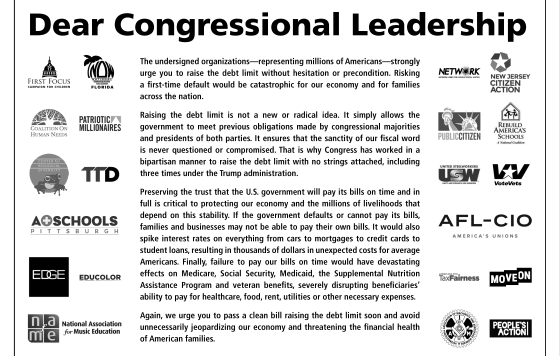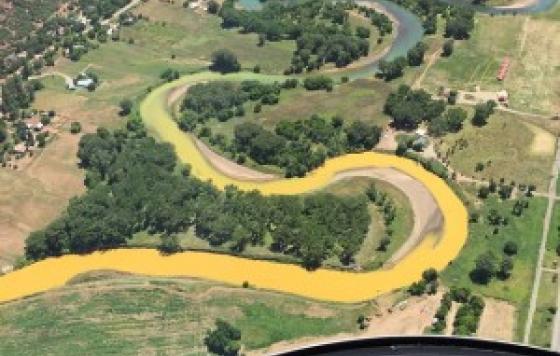By John Noël, National Oil and Gas Campaigns Coordinator – Follow John on Twitter (@Noel_Johnny)
Today Inside Climate News and Desmogblog published unsettling details on the oversized influence of the natural gas industry over EPA’s long awaited Study of Hydraulic Fracturing for Oil and Gas and Its Potential Impact on Drinking Water Resources. Thousands of documents made possible by a Greenpeace Freedom of Information Act request detail just how lopsided the relationship was between companies, namely Chesapeake Energy and Range Resources and the EPA - specifically when trying to reach an agreement on potential prospective cases studies. The idea behind prospective case studies was for EPA to monitor the operations of a natural gas well from beginning to end, including baseline water quality samples before drilling began. This type of case study seems like a critical and non-controversial aspect of any study designed to identify potential impacts to drinking water from fracking operations. That was not that case.
Industry lobbyists argued for a reduced scope of the study and hired an outside firm to conduct their own research and “shadow the EPA during the study.” In the end industry interference and lack of cooperation made it impossible for EPA to complete the whole study under their rigorous timeline and the prospective case studies were dropped. This of course was a win for corporate drilling interests and a loss for the general public who would benefit from a sound scientific case study.
These disappointing revelations and failure to secure prospective case studies should not diminish the potential usefulness of other areas of the Study. The Study focuses on the entire water lifecycle of fracking operations from water acquisition to wastewater disposal. When finished it will contain analysis of up to almost two dozen standalone research papers on everything from how water contamination can occur from an improperly constructed well to the environmental impacts of a surface spill of fracking fluids.
EPA’s fracking Study will not give us a “yes” or “no” on fracking, nor was it designed to. This five year research effort will increase our knowledge base about drinking water impacts from the surge in fracking across the country. Hardly anything was known about the impacts of unconventional drilling on water resources five years ago. This dearth in scientific information worked in the industry’s favor and allowed drilling to spread faster than it should have considering the amount of unknowns with all aspects of the controversial drilling practice. Now the research is catching up, indeed over 75% of the peer-reviewed papers on shale gas development have been released in the past two years.
Today’s revelations have highlighted an unintended consequence of EPA’s Study, which is to illuminate the inordinate influence that oil and gas interests can wield over the Agency’s work. As we pointed out in our recent report on the Safe Drinking Water Act’s Underground Injection Control Program, and Aquifer Exemption program specifically, that influence can trump drinking water protection right down to the language of the law. EPA’s Study will increase the scientific tools we have to work with, but its lack of prospective studies is another cost of that influence.
Related Posts
Stay Informed
Get the latest updates and actions:
Thanks for signing up!
There was a problem processing your signup. Please try again.


